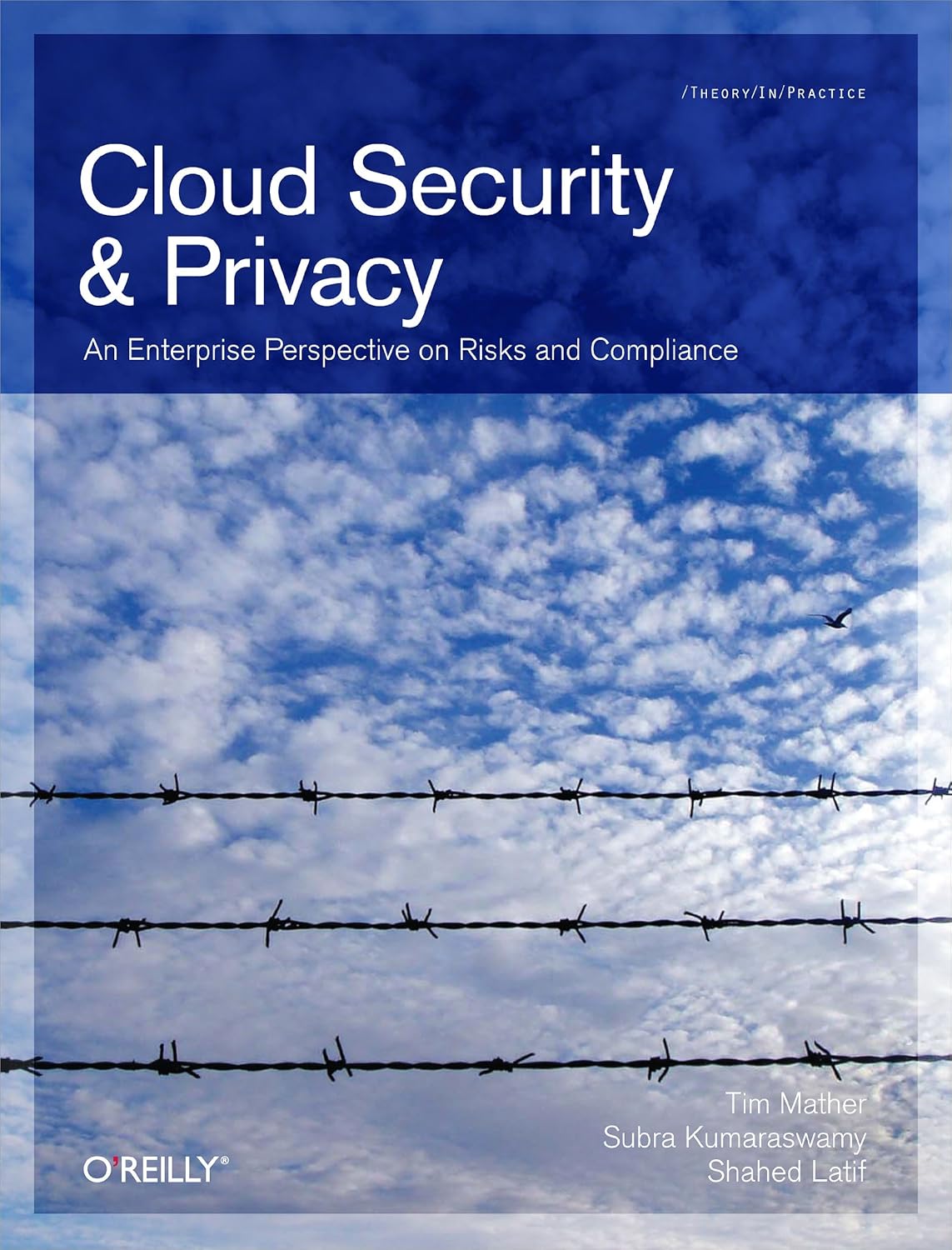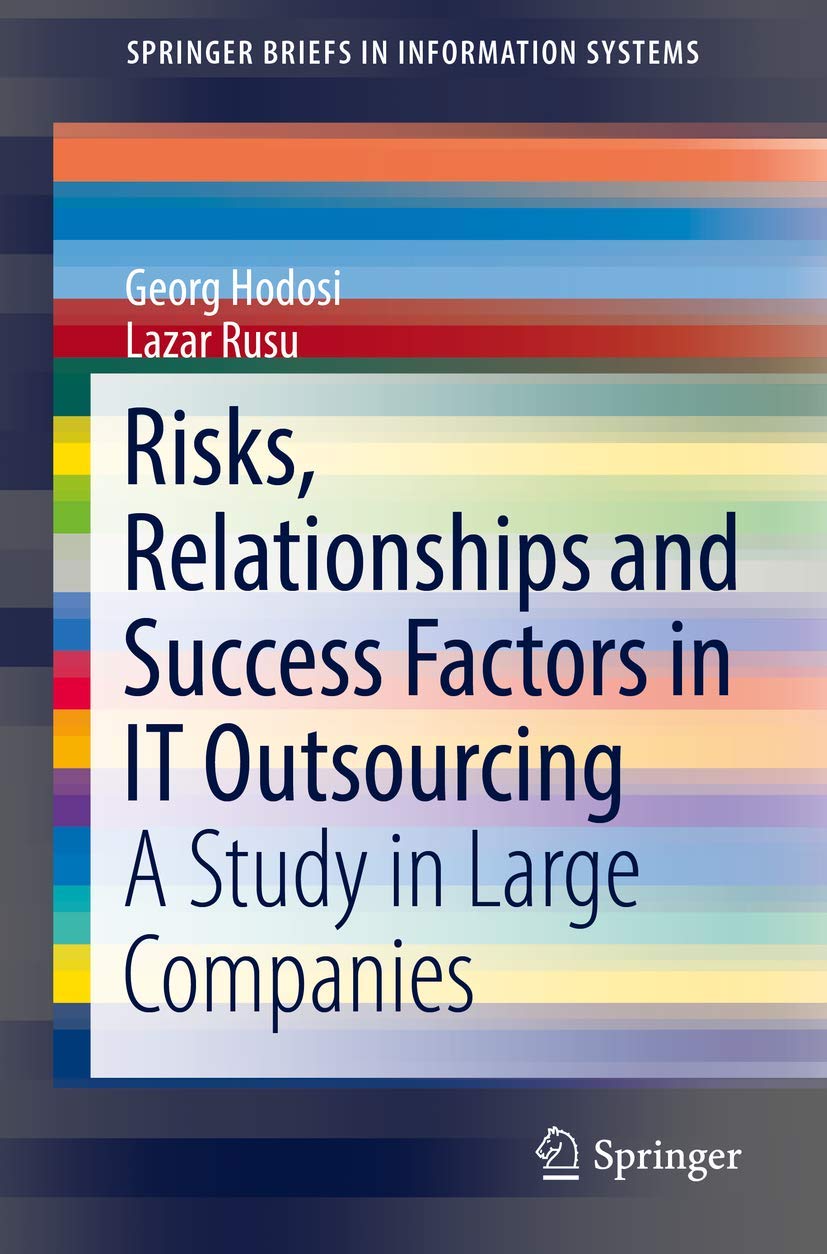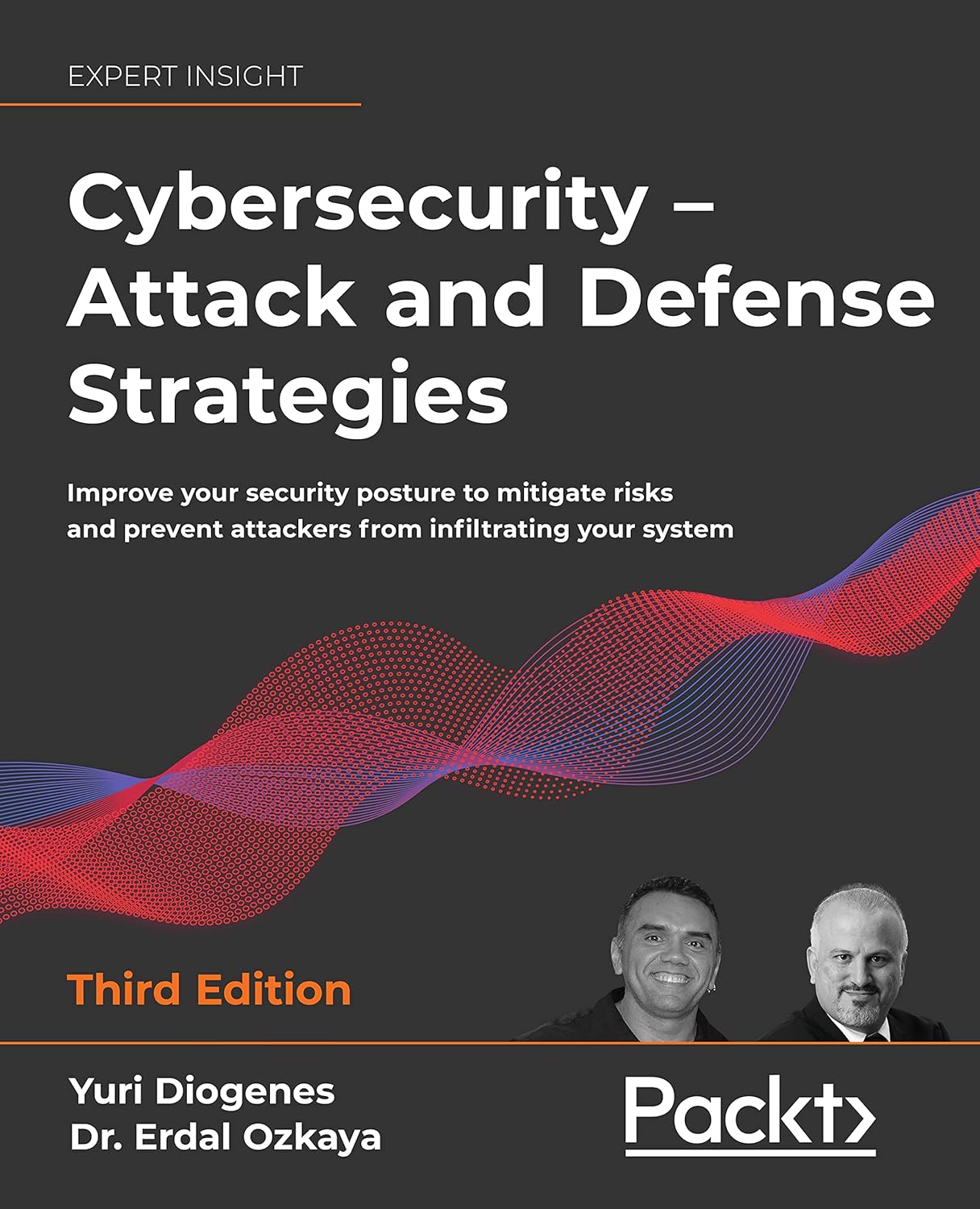Smoking is a highly addictive habit that can have serious consequences for your health. It is estimated that smoking is responsible for over 480,000 deaths in the United States each year, making it the leading cause of preventable death. Despite the well-known health risks associated with smoking, many people continue to smoke, putting themselves at risk for a wide range of health problems.
One of the most immediate effects of smoking is on the respiratory system. Smoking can cause a variety of respiratory issues, including chronic coughing, shortness of breath, and an increased risk of respiratory infections. Smoking can also lead to the development of chronic conditions such as bronchitis and emphysema, which can significantly impact a person’s quality of life.
In addition to respiratory issues, smoking can also have a negative impact on cardiovascular health. Smoking is a major risk factor for heart disease, and can increase a person’s risk of developing conditions such as heart attacks, strokes, and high blood pressure. Smoking can also lead to the narrowing of blood vessels, which can restrict blood flow and increase the risk of blood clots.
Smoking is also associated with an increased risk of developing various types of cancer. Smoking is the leading cause of lung cancer, and can also increase a person’s risk of developing cancers of the mouth, throat, esophagus, bladder, and pancreas. The chemicals found in tobacco smoke can cause damage to DNA, leading to the development of cancerous cells.
Smoking can also have a negative impact on the immune system, making it harder for the body to fight off infections and illnesses. Smokers are more likely to get sick and have a harder time recovering from illnesses compared to non-smokers. Smoking can also have a negative impact on reproductive health, increasing the risk of infertility, pregnancy complications, and birth defects.
Despite the well-documented health risks associated with smoking, many people continue to smoke due to the addictive nature of nicotine. Quitting smoking can be extremely challenging, but it is possible with the right support and resources. There are a variety of smoking cessation programs and medications available to help people quit smoking and improve their health.
In conclusion, smoking can have serious consequences for your health, affecting nearly every organ system in the body. If you smoke, it is important to quit in order to reduce your risk of developing serious health problems. Talk to your healthcare provider about resources and strategies to help you quit smoking and improve your overall health. Your body will thank you for it in the long run.













